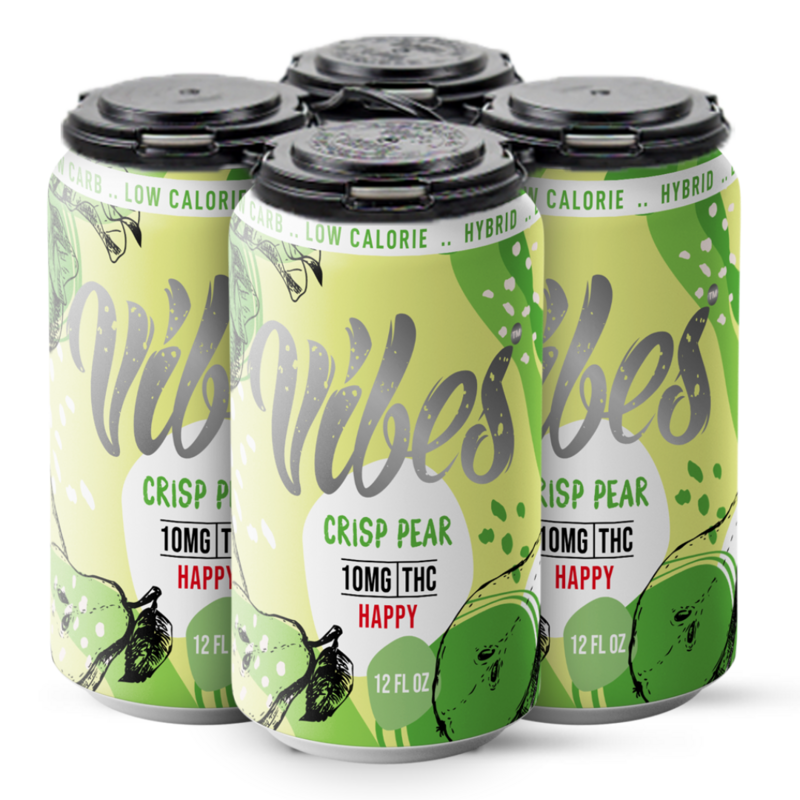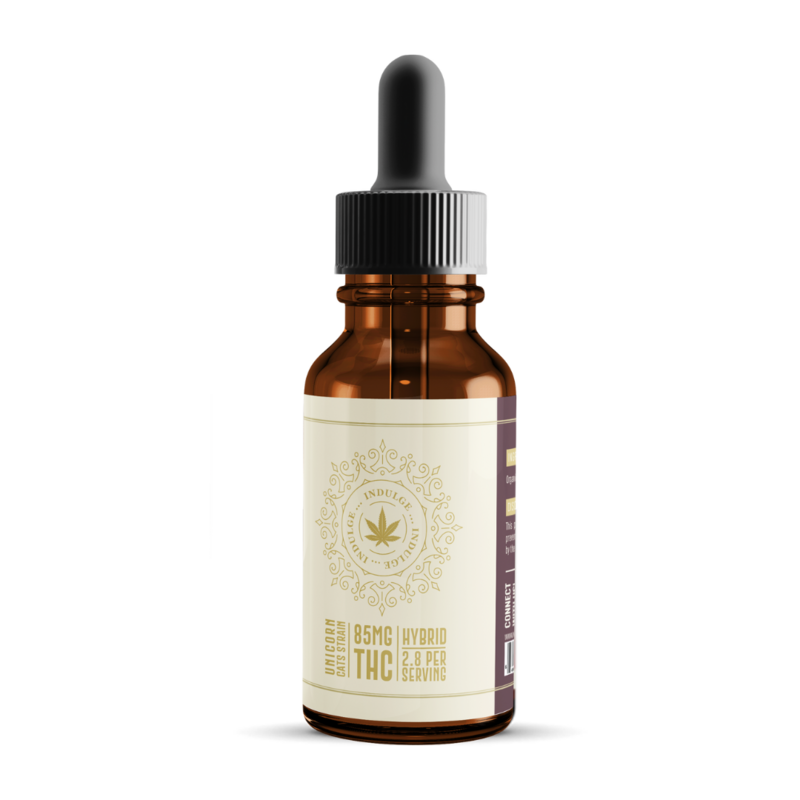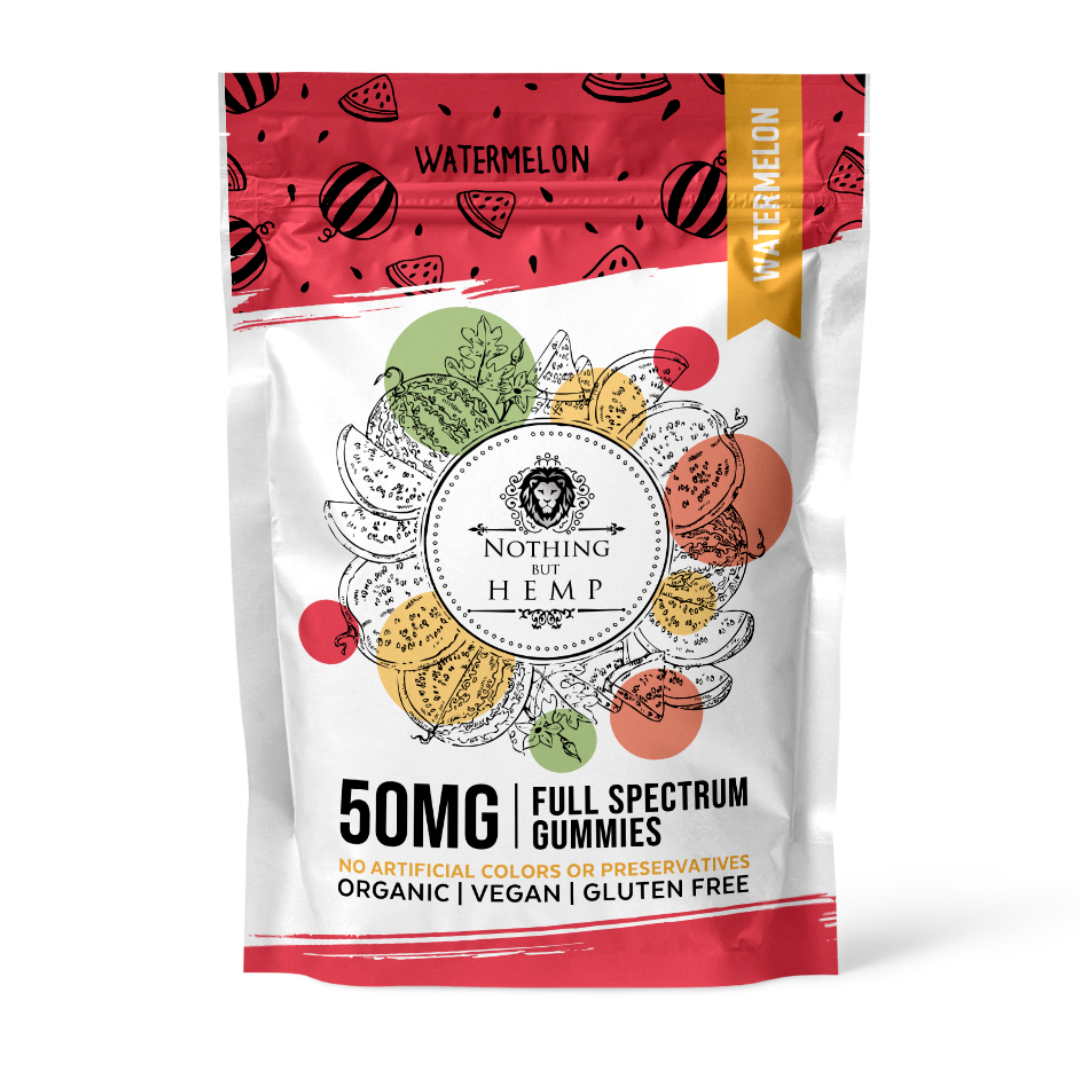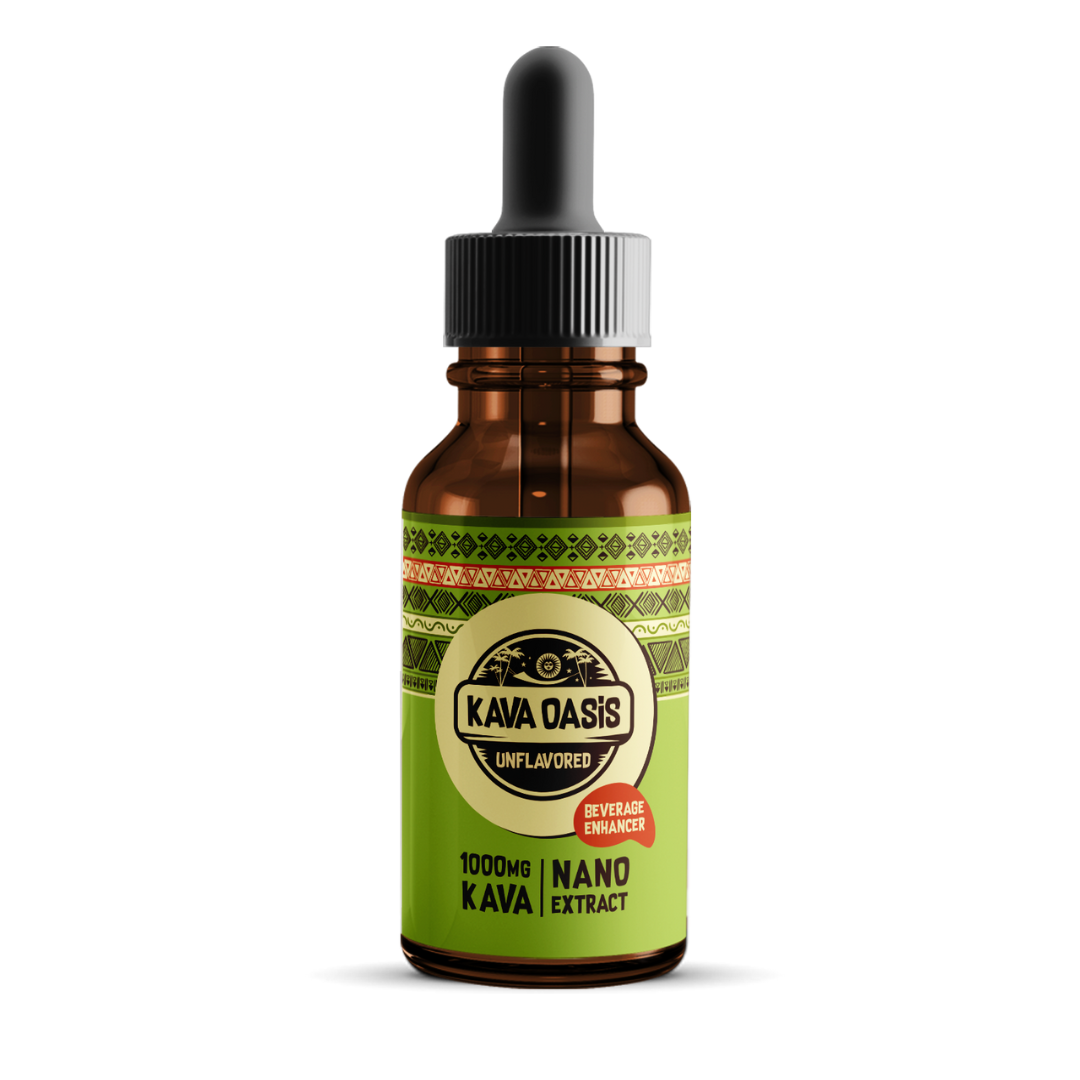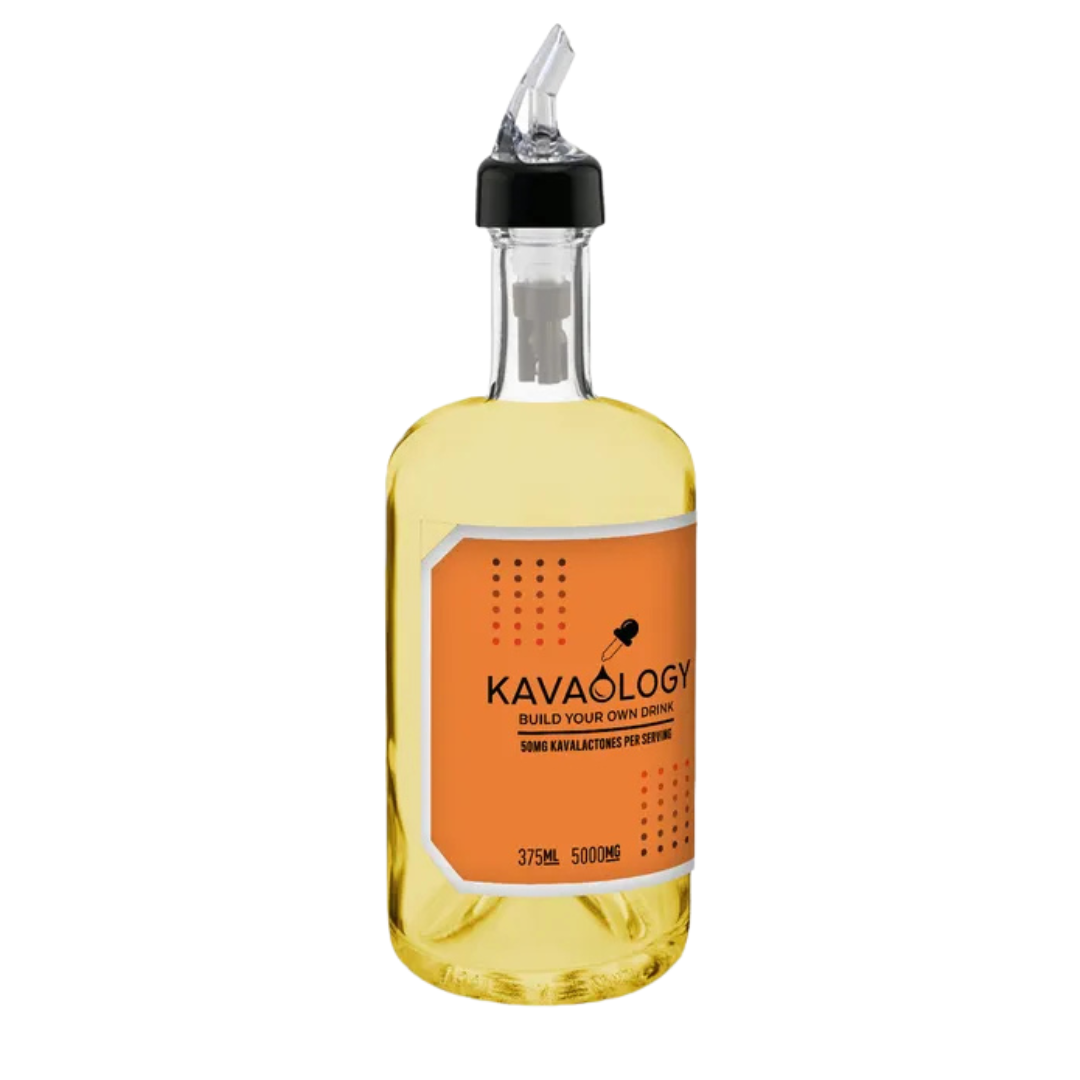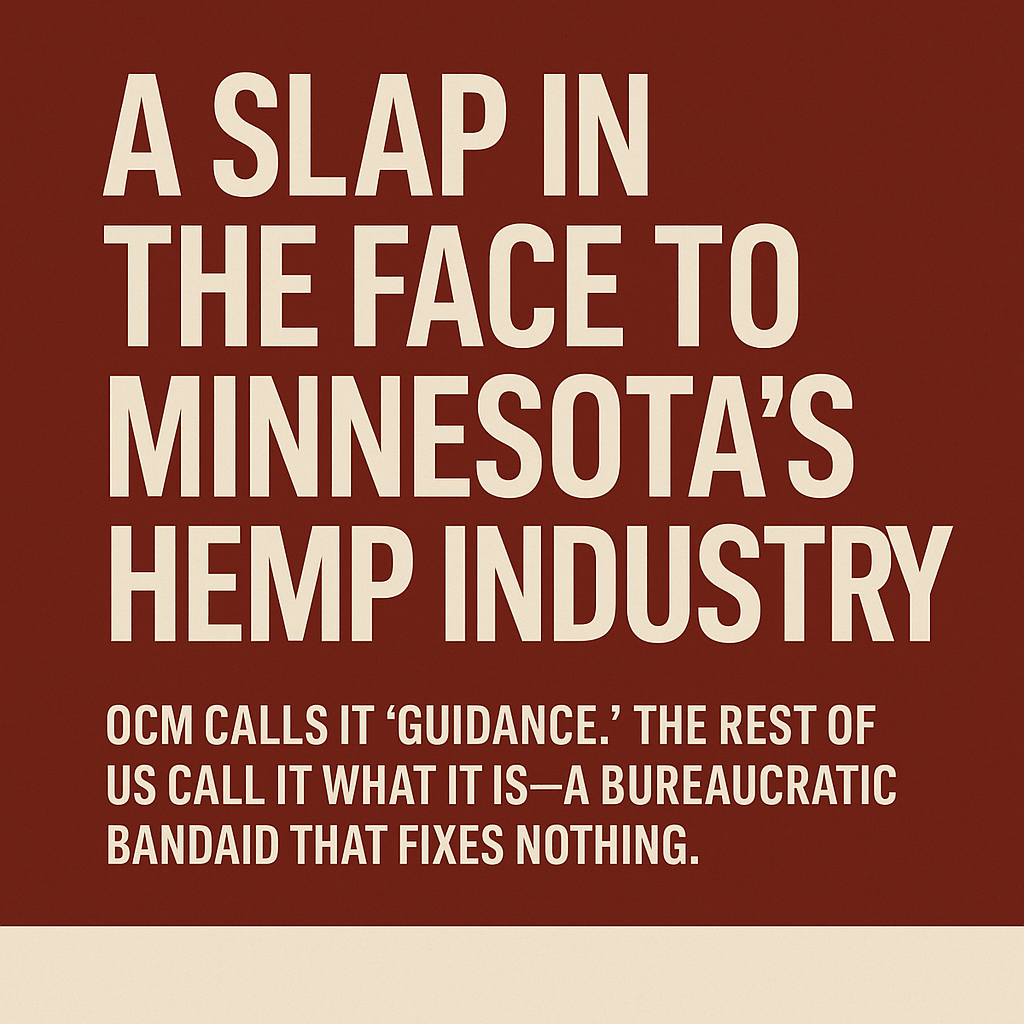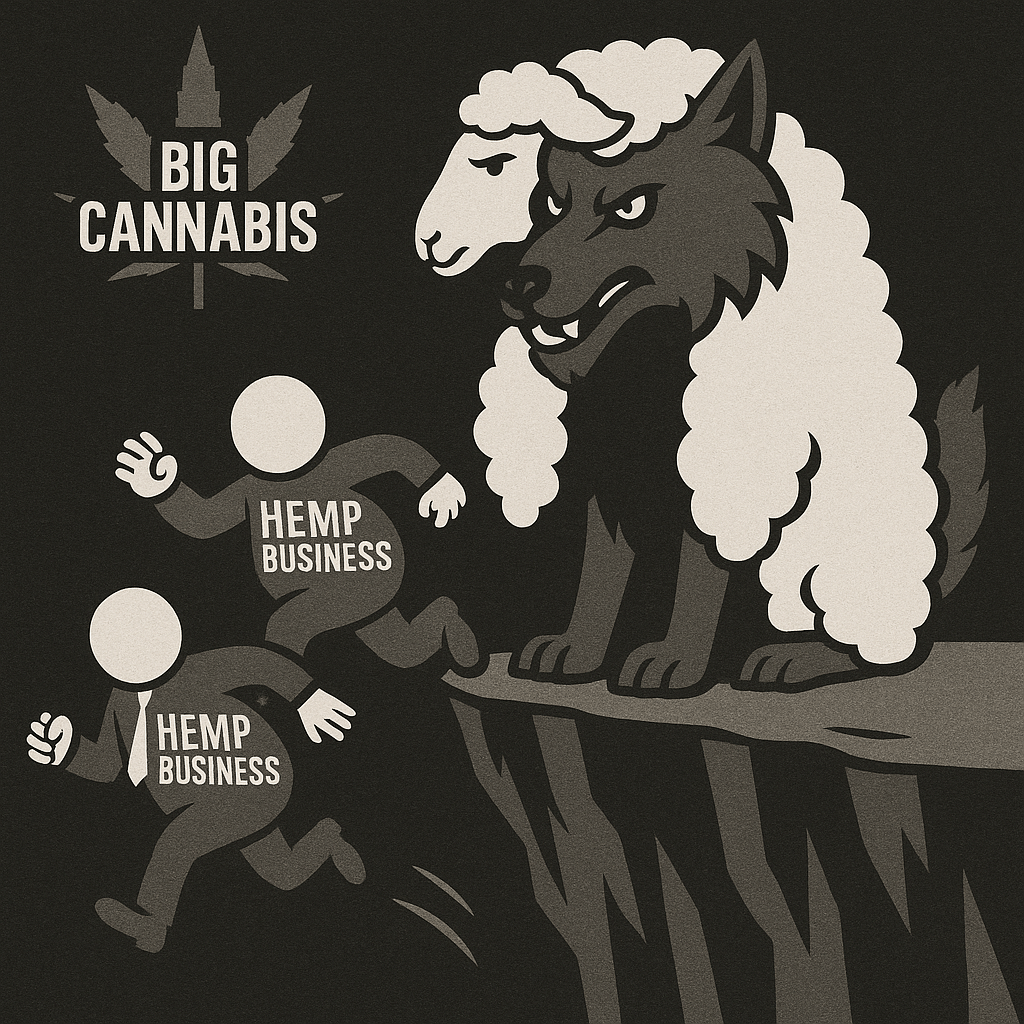The Wisconsin hemp industry stands at a crossroads. Across the Midwest, lawmakers are scrambling to define the boundaries between hemp and psychoactive THC products. In Wisconsin, Republican state Reps. Lindee Brill and Jim Piwowarczyk recently introduced legislation that would effectively outlaw psychoactive THC (even hemp-derived THC) under certain definitions — a move that producers warn could “destroy” parts of the hemp ecosystem overnight. WPR
This moment demands clarity and unity from Wisconsin’s hemp businesses. We must advocate for smart, consumer-safety–oriented regulation, but resist the temptation toward overregulation that strangles innovation, pushes commerce underground, or kills smaller operators. The cautionary tale of Minnesota’s hemp industry collapse should guide us. At the same time, we must keep a vigilant eye on regulatory actors — be they elected officials or trade associations — who may not have hemp’s best interests at heart.
Below, I lay out the stakes, the lessons from Minnesota, the key actors to watch, and a call to arms for Wisconsin’s hemp community to chart its own course (ideally in collaboration with inclusive, trust-worthy partners such as the Hempround Table).
1. The Current Flashpoint: Wisconsin’s Proposed Bill & the THC Debate
The Brill / Piwowarczyk Bill: Banning Psychoactive THC
Under current federal law (via the 2018 Farm Bill), cannabinoids extracted from hemp (i.e. with < 0.3% Δ⁹-THC) are legal, although many states have imposed additional layers of constraint. In Wisconsin, the loophole has allowed the proliferation of hemp-derived products such as delta-8, THCA, and other cannabinoids. WPR
However, Reps. Brill and Piwowarczyk have introduced a state bill that would redefine hemp products at the state level — in effect prohibiting psychoactive THC derivatives. WPR
Brill argues that constituents have reported health issues after consuming seemingly innocent edibles or beverages containing THC, and she raises concerns about impaired driving, law enforcement’s ability to measure impairment, and general public safety. WPR
Yet business owners in the hemp/THC space warn that a blanket ban would devastate legitimate operations. One in particular, TabEASE, already vertically integrated in Wisconsin, argues that their entire supply chain — compliant under current law — would vanish overnight under a ban. WPR
The crux of the debate: Are psychoactive cannabinoids “too risky” to allow, or can they be regulated responsibly — via testing, labeling, packaging, age controls — rather than outright prohibition?
Where We Stand: Regulation, Not Overreach
We believe regulation is essential:
-
Consumers deserve tested, accurately labeled products.
-
Child-resistant packaging, strict age verification, transparent sourcing, and potency limits are non-negotiable.
-
Clear enforcement mechanisms, standard methods for measuring THC, and quantified metrics (e.g. per dosage) are necessary.
But there is a fine line. If regulation becomes so onerous — via excessive licensing fees, burdensome red tape, overlapping jurisdictions, or overly cautious carve-outs — small farms and emerging entrepreneurs will be shut out. Worse, much of the trade may migrate to the underground or interstate black market, undermining safety and traceability.
We must avoid turning Wisconsin into “Minnesota 2.0.” Let us learn from what went wrong over the border.
2. Minnesota’s Hemp Collapse: A Cautionary Tale
The Rise and Fall
Minnesota was once viewed as a beacon for hemp development. Tens of millions of dollars in investment flowed in, farms were planted, and processors promised new product lines. Yet over time, legislative shifts, regulatory uncertainty, retrospective enforcement, and crippling limits suffocated the industry. Today, many farms have exited, processors shuttered, and capital has pulled back.
Key contributing factors in Minnesota’s collapse include:
-
Overly stringent THC thresholds and retrospective enforcement — Projects compliant under one standard were later deemed noncompliant under a newer, stricter regime.
-
Regulatory unpredictability — Frequent changes to rules mid-season, shifting licensing windows, and unclear enforcement created chaos.
-
Excessive fees and red tape — The cost barrier to entry rose so steeply that many small farmers and value-added operators could not stay afloat.
-
Dominance of larger players, fewer entrants — As regulations intruded, scale became essential to absorb compliance costs. The long tail of small, regional operators vanished.
-
Regulatory capture and outside influence — Some advocacy groups and trade associations aligned with interests that didn’t necessarily represent local farmers’ or craft producers’ priorities.
In short, Minnesota’s failure was not just regulatory — it was structural. The smallest, most innovative actors were the first casualties.
We cannot allow Wisconsin to follow the same trajectory.
3. Be Wary: Maren Schroeder, Leili Fatehi, and the Risks of External Influence
In every nascent industry, there tend to be prominent figures, lobbying interests, and influencers — some well-meaning, others self-interested. In Wisconsin’s hemp space, two names merit particular caution: Maren Schroeder and Leili Fatehi.
While I do not wish to cast aspersions without evidence, it is my belief (and concern shared by many in the community) that these individuals may not always act in the best interests of the broader hemp sector. Their agendas may prioritize certain corporate players, product verticals, or external funding relationships — rather than the grassroots, independent producers who built this industry.
Some warning signs:
-
They may push for regulation frameworks that benefit large capitalized entities more than micro or craft operators.
-
They may support carve-outs or exemptions (e.g. beverage or major consumer brands) that privilege deep-pocketed actors.
-
They may seek to centralize control or create gating mechanisms (e.g., specialized licensing tiers, certification monopolies) that others cannot access.
-
They may advance narratives of “safety first” in a way that influences legislation toward overcontrol.
It’s essential for Wisconsin’s hemp businesses — from growers to retailers — to maintain awareness of who is shaping regulation conversations. Influence is not inherently bad, but it must be transparent, accountable, and representative of the many rather than the few.
I urge the community to vet proposals, demand open feedback loops, and resist the idea that “big name” influencers automatically represent your interests.
4. The Threat of Carve-Outs: HBA, CABA, and the Beverage Exception Danger
Another lurking threat to the hemp industry is the rise of beverage carve-outs — preferential treatment given to drinks as a specific product class, often under pressure from trade associations like the Hemp Beverage Association (HBA) or Craft & Alternative Beverage Association (CABA).
Why is this dangerous?
-
A carve-out exempts beverages from certain regulatory burdens (e.g. potency limits, labeling scrutiny, taxation), giving them an unfair competitive advantage over edibles, tinctures, gummies, and other formats.
-
Beverage carve-outs often open the door to influence from large beverage companies, who have deep capital and distribution, crowding out small producers. Over time, the market concentrates into a few vertically integrated giants rather than a diverse ecosystem.
-
They may serve as Trojan horses for looser regulation of psychoactive cannabinoids: once beverages are treated leniently, pressure mounts to relax rules across all categories.
-
Carve-outs often shift the regulatory balance. For instance, a beverage industry association may lobby for looser purity standards, additives allowances, or more flexible age controls — all under the rationale of innovation and consumer demand.
-
Regulatory complexity multiplies: authorities must now monitor separate rules for beverages versus other formats, increasing confusion and enforcement burden.
We must be especially wary that carving out one category does not invite regulatory distortions or special interests to hijack standards. A truly fair regime treats all product forms equitably, with reasonable distinctions only where scientifically justified (e.g. absorption rates, dosage control, packaging vulnerability).
If the HBA or CABA are pushing for beverage preferential treatment, we should push back — or at least demand that any carve-outs be explicitly limited, with strong guardrails.
5. Wisconsin Hemp Industry Must Lead, Not Be Led
The core truth underlying all this is simple: Wisconsin’s hemp industry must be proactive, not reactive. If we allow outside voices — legislators, lobbyists, or trade associations — to define our fates, we will be left with laws that reflect others’ incentives, not our collective needs.
Principles to Anchor Ourselves
-
Grassroots Representation
All producers, small and large, should have a seat at the table. Local voices often understand soil, climate, specialty markets, and consumer trust better than distant consultants. -
Transparency and Accountability
Any regulatory framework must be openly debated, published for public comment, and subject to review. Hidden compacts or back-channel deals must be avoided. -
Tiered / Proportional Compliance
A one-size regulation will kill small players. Compliance requirements (e.g. testing frequency, labeling, licensing) should scale with size and risk. -
Flexible but Clear Standards
The rules should offer pathways for innovation (new cannabinoids, new formulations) while preserving safety benchmarks. Broad guardrails, not endless prohibitions. -
No Retrospective Penalties
Producers operating under one standard must not be penalized if regulators later tighten rules. Transition grace periods are essential. -
Ecosystem Awareness
Growers, processors, retailers, labs, transporters, and marketers all need coordination. A ban or choke point on any link suffocates the chain. -
Consumer Rights & Safety at the Forefront
Our mission should be plant freedom, yes — but that freedom must carry consumer safeguards. Testing, labeling, potency caps, child safety, and honest marketing are pillars of trust. -
Adaptive Governance
Laws should allow for revision as science, markets, and consumer habits evolve. Sunset clauses, review committees, and periodic reauthorization are useful tools.
Building the Wisconsin Consensus
To translate principle into practice, I propose:
-
Statewide listening sessions — host in Milwaukee, Madison, Green Bay, La Crosse, Eau Claire, etc., bringing in growers, retailers, consumers, public health advocates, and regulators.
-
Draft model statutes — an open “baseline” law that all stakeholders can review, critique, and suggest amendments to.
-
Unified lobbying coalition — not dominated by one entity or interest, but governed by a steering committee representing geographic, product, and scale diversity.
-
Scientific advisory board — independent experts in toxicology, pharmacology, agriculture, and regulatory design to advise on potency thresholds, residue limits, testing protocols, etc.
-
Public transparency and tracking — tracking how bills evolve, who submits amendments, and who backs them financially.
-
Unified messaging — supplying legislators, media, and stakeholders with a coherent set of principles, warnings, and visions for Wisconsin’s hemp future.
Most importantly: don’t outsource the core decision making. If we let, say, one dominated trade group or outside consultant write the draft regulation with only token stakeholder review, we will replay Minnesota’s collapse in slow motion.
6. Responding to the Brill / Piwowarczyk Bill (and Possible Amendments)
Given the recently introduced bill by Representatives Brill and Piwowarczyk (redefining hemp under state statute, thereby banning psychoactive THC forms) WPR, here is how the Wisconsin hemp community should respond:
-
Provide Technical Comments
Engage the bill drafters with science-based feedback: define “psychoactive THC” more precisely, propose exceptions for low-dose forms, require testing to differentiate potency, etc. -
Request carve-in, not carve-out
Rather than asking for exemptions per product type (e.g. beverages), suggest product-agnostic regulation that treats dosage, form, risk equivalently. -
Push for safe harbor or transition period
Any new rules should not disqualify existing operators overnight. A multi-year compliance window, grandfathering provisions, or phased implementation is essential. -
Test the market logic
Use case studies: show how in neighboring states regulated THC sale hasn’t resulted in rampant abuse, but instead created traceability, job growth, and consumer confidence. -
Build alliances
Partner with public safety, consumer advocacy, agriculture, legal, and scientific groups who can speak credibly about why overbroad bans harm more than they help. -
Media engagement
Publish op-eds, local newspaper letters, podcasts, social media content. Frame the narrative: “We are for smart regulation, not prohibition; for consumer safety, not business death.” -
Legislator education tours
Invite state reps and senators to hemp farms, processing facilities, labs — let them see firsthand how compliance, traceability, and safety work in practice. -
Vote with clarity
In future elections, support candidates who show understanding of smart hemp policy, and be ready to oppose those who lean toward blanket bans.
If the bill moves to committee, Wisconsin hemp businesses should coordinate to send unified testimony. If amendments are proposed (e.g. to ban all psychoactive cannabinoids, to allow only beverage carve-outs, or to enforce excessive lab requirements), they must be parsed, countered, and documented — not accepted passively.
7. What "Smart Regulation" Looks Like — A Suggested Framework
Below is a hypothetical, baseline regulatory framework that seeks to balance innovation, safety, and fairness. It is meant as a conversation starter — not a final draft.
| Domain | Suggested Approach | Rationale / Notes |
|---|---|---|
| Licensing & Tiers | Multiple tiers: micro, small, standard, enterprise | Lower fees and lighter reporting for micro/small enterprises |
| Testing & Quality Control | Mandatory independent lab testing for potency, residuals, contaminants | Labs must be accredited; results uploaded to public database |
| Potency / Dosage Caps | Caps per serving (e.g. ≤ 5 mg Δ⁹-THC equivalent) and per package | Disincentivizes ultra-high potency “shots” or concentrates |
| Packaging & Labeling | Child-resistant, clear labels with dosage, source, batch, lab report QR code | Transparency fosters consumer trust |
| Age Verification & Sales Restrictions | 21+ sales only; ID scanning; record retention | Aligns with alcohol / cannabis norms |
| Advertising & Marketing | No marketing appealing to minors; restrictions on “health claims” | Protects consumer safety and prevents misleading claims |
| Product Forms | Allow tinctures, edibles, beverages, topicals, inhalables — all under same umbrella | Prevent carve-outs; regulate by dosage / risk rather than form |
| Tracking & Traceability | Seed-to-sale tracking system integrated across the chain | Prevent diversion into illicit markets |
| Enforcement & Penalties | Graduated fines, warnings, license suspension (not immediate revocation) | Scaled approach: first violation triggers remediation, not shutdown |
| Transition Period & Grandfathering | At least 2–3 years for existing operators to adjust; exemptions for legacy batches | Prevents sudden business destruction |
| Oversight & Advisory Board | Independent review board with stakeholder representation | Ensures regulations evolve with science and market realities |
| Review & Sunset Clauses | Automatic review every 3–5 years | Allows course corrections |
If we present a thoughtful, balanced model like this to legislators, we shift the dynamic: we are not begging for permission, but offering a blueprint for a stable, fair, safe future.
8. Threats Beyond the Legislature: Overreach, Capture, and Hidden Trade Pressure
A few additional threats loom beyond just a single bill:
-
Regulatory creep: New rules stacking on top of existing layers (state + county + municipal) can create compliance labyrinths.
-
Unfunded mandates: Laws that require testing, tracking, reporting, or enforcement without providing resources or subsidies will burden small operators disproportionately.
-
Regulatory capture: As regulators become more reliant on a small set of industry contributors for input, the interests of larger players may dominate rulemaking.
-
Secret deals or proprietary standards: For example, mandating a certain lab, certification body, or technology provider can lock out competition.
-
Federal uncertainty: If USDA, FDA, or DEA guidelines shift, having a rigid state law may leave industry unable to pivot.
-
Legal liability risks: If operators are subject to criminal or civil liability for alleged consumer harms, many will withdraw rather than risk exposure.
Hence, vigilance is essential. Wisconsin’s hemp community must demand open rulemaking, public comment phases, oversight transparency, accessible appeals, and protections against proprietary “gatekeeper” schemes.
9. Why the Hempround Table (or Similar Independent Coalition) Matters
Given all the challenges above, external consultants, lobbies, or well-financed trade groups can easily dominate the conversation — unless the hemp community builds its own defense and vision. That’s where something like a Hempround Table comes in — an independent coalition or table that:
-
Is genuinely multi-stakeholder (growers, processors, retailers, labs, consumers, legal experts).
-
Focuses on consensus building, not lobbying from the top down.
-
Maintains financial independence, avoiding overreliance on one large donor.
-
Prioritizes transparency, regular updates, and open input.
-
Acts as a clearinghouse for educational content, proposed regulation reviews, legislative tracking, and polling.
-
Stands against carve-outs, overregulation, or special interest privileges that undercut the broader industry.
If Wisconsin’s hemp sector doesn’t self-organize, others will — and those others may not have the whole industry’s or the consumer’s best interests at heart.
10. A Call to Wisconsin’s Hemp Community: Act Now
If you are a grower raising hemp seed or fiber, a processor extracting cannabinoids, a craft manufacturer of edibles or topicals, or a retailer serving consumers — you cannot afford to sit this out. Here’s what you can do:
-
Join or form your local hemp association
Even a county-level group can amplify your voice in Madison and with state agencies. -
Attend the Hempround Table sessions (or insist they exist locally)
Ensure that your perspectives — especially as small or mid-scale operators — are heard. -
Show up at public hearings, comment periods, legislative committees
Your voice is more impactful than you think. -
Reach out to your state reps and senators
Invite them to your facility. Demonstrate your compliance, traceability, and safety processes. -
Coordinate with other Midwest states
Share model laws, lessons learned, and coalitions with Minnesota, Iowa, Illinois, Michigan, etc. -
Publish your story, data, and perspective
Use media, blogs, podcasts, social media, to make the public aware: “We support regulation, but not overregulation.” -
Vet every proposed regulation or lobby push
If it privileges large players, creates carve-outs, or institutes secret certification bodies — ask who benefits, and who loses. -
Push for fair funding and grants
If the state mandates testing, tracking, reporting, the cost burden should not all fall on small operators. -
Stay scientifically informed
Keep up with research on cannabinoids, toxicology, uptake, safety thresholds, residuals, and consumer behavior. Let science, not fear, drive regulation. -
Be proactive, not reactive
Don’t wait until a bill is introduced. Anticipate changes, propose frameworks, and get ahead of the policy curve.
11. Conclusion: Crafting a Wisconsin Hemp Future, Not Accepting One
To recap:
-
Yes, we support regulation — because consumer safety, transparency, and legitimacy matter.
-
But no to overregulation that kills small players, concentrates power, or drives business underground.
-
Minnesota’s collapse warns us what happens if regulation is rigid, retrospective, unpredictable, and burdensome.
-
Outside actors (like Maren Schroeder or Leili Fatehi) or trade groups (HBA, CABA) may set agendas misaligned with local producers; we must remain vigilant.
-
The Wisconsin hemp industry must lead its own destiny — through coalitions, consensus models, open governance, and unified voices.
-
The Hempround Table (or its equivalents) offers a pathway to collective, balanced strategy.
-
The time to act is now — before overreaching legislation becomes law, before carve-outs distort fairness, before the industry fractures.
If Wisconsin’s hemp sector unites — growers, processors, retailers, labs, advocates — we can help shape a regulatory environment that fosters innovation, protects consumers, and lets the plant flourish. But that requires energy, organization, and a refusal to let external forces write our script.
Let’s not simply respond to policy. Let’s craft it. The future of Wisconsin hemp depends on it.

